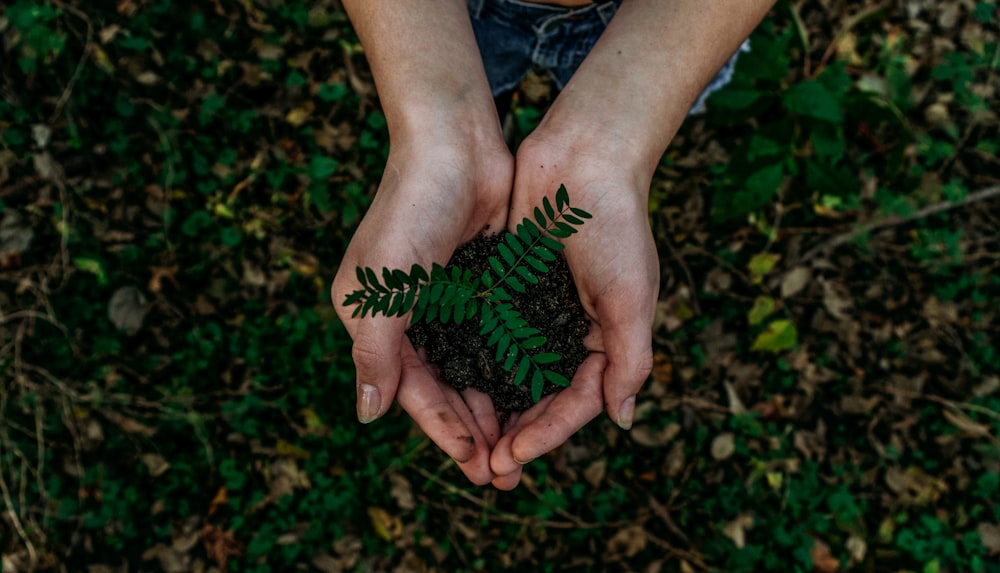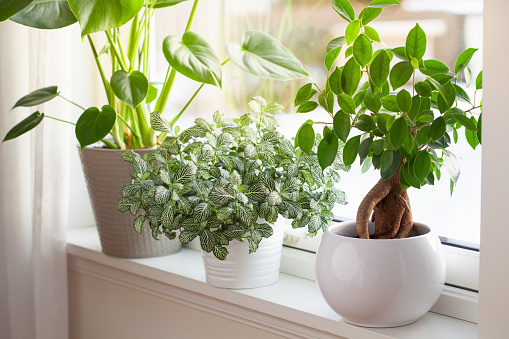A tree is a large plant having a woody stem and branches. Trees have a long lifespan. The oldest tree ever found is thought to be around 5,000 years old. The roots, the trunk, the branches, and the leaves are a tree’s four primary components. The roots of a tree are normally under the earth.
Sometimes, like with the banyan tree, roots are specialized into aerial roots that can also act as supports. The trunk is the tree’s main structure. The bark covering the trunk shields it from harm.
The majority of the time, a tree’s leaves is green, but they can also be other colors, forms, and sizes. The tree grows and reproduces as a result of the leaves absorbing sunshine and utilizing the water and nutrients from the roots.
Sugars are formed when trees and plants take in water, carbon dioxide, and give off oxygen in the presence of sunlight. Animals breathe in the opposite direction from this. Similar to how mammals breathe utilizing oxygen, so do plants. They require both carbon dioxide and oxygen to survive. Because trees can grow constantly, they are renewable resources.

-
Important steps to plant a tree:
Planning is important:
The term “right tree” refers to a tree whose species, full-grown size, and planting location are ideal for your house. To find out how tall your new tree will get and how the species develops over time, consult our list of yard trees. When choosing the ideal tree for your property, keep in mind the tree’s eventual size.
In order for a tree to be in the “right position,” it must have enough room to expand to its full, mature height and to accommodate its root system’s entire growth without obstructing nearby utilities, underground pipes, or other structures. To assist lower energy expenses and save energy, don’t forget to plant to the west or east of your building.
Digging a hole to plant a tree:

Once you’ve chosen the location and gathered your tools, start digging a planting hole. Any planting hole should be three times broader than the existing root mass and never deeper than where the plant was previously growing.
Searching for the curve of the trunk close to the soil line is also important. When dealing with trees is an even better indicator. Don’t plant the tree in the hole so deeply that the flare is completely hidden by earth. In actuality, even nurseries occasionally overwater their plants. Make it a routine to check this.
Placement of root ball:
Planting shrubs and trees with up to 25% of their root balls elevated above the surrounding soil. After that, spread a thick layer of mulch on top of the dirt and taper it up to cover all the roots. Shrubs and trees planted at grade risk soon settling below grade and succumbing to root rot or disease because newly disturbed soil has a tendency to settle.
It’s crucial to stop this pattern right now. At this point, the largest error you can do is to bury a root bound plant in the ground as is. You’ve probably given the plant a gradual death if you don’t break the pattern. It will probably never build or realize even a small portion of its potential.
Don’t be concerned about damaging the roots or losing soil when you split or even cut portions of the roots. Giving them a fresh start is preferable to letting the underground constrictive pattern continue to deteriorate. Do what you must to stop the pattern, being careful not to be any rougher than necessary.
Avoid altering the soil:
 (Photo from iStock)
(Photo from iStock)
Contrary to conventional planting practices, modern research suggests that you should not add more organic material to the hole (unless you intend to amend the entire area where roots will eventually grow).
Rarely do roots from modified soil penetrate the stonier native soil. A less resilient plant and a smaller root system are the long-term effects.
Eliminate air pockets
To guarantee proper soil-to-root contact, you could carefully tamp or hand-pack the dirt around the plant roots. Nevertheless, I prefer to add a stiff spray of water to the hole after back-filling it halfway. Water not only supplies the necessary moisture, but it also aids in removing air pockets that could otherwise lead to dead roots or even worse.
Properly water your plant in order for it to become a tree:

The most crucial task you will have after planting is to ensure that trees and plants receive adequate water until they are established. This may require several weeks, months, or even a full year.
Deep, gradual irrigation is the secret to optimal plant establishment and watering. The idea of doing that by hand is impractical. Only hoses that have been saturated or drip irrigation can adequately develop trees through irrigation.
By preventing excessive runoff, the slow and deep irrigation allows the soil around the roots to get saturated, giving the roots time to absorb the liquid. Brief, manual water blasts from a sprinkler system or overhead hose just cannot supply water with the same efficiency.
Fertilize your plant to for proper growth as a tree:
References:
For tips on planting tree, click here
Be vigilant and know our current environmental problems, see here
See our article on air pollution here




